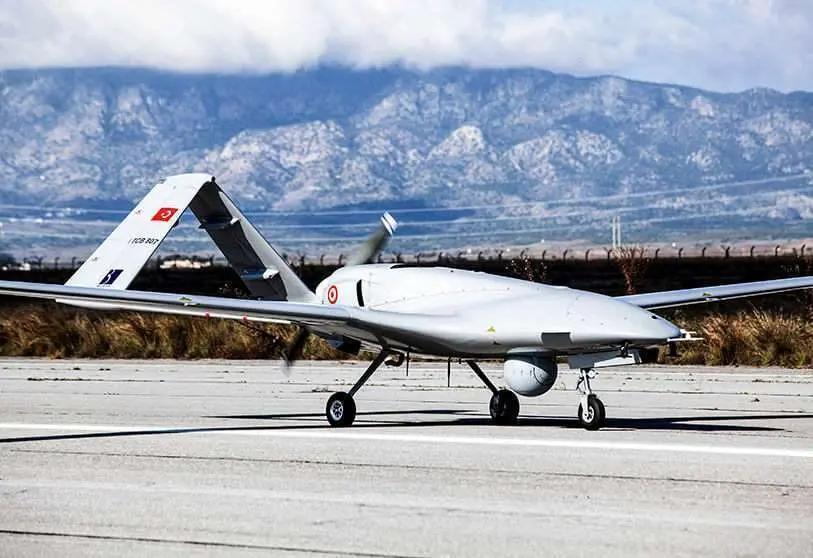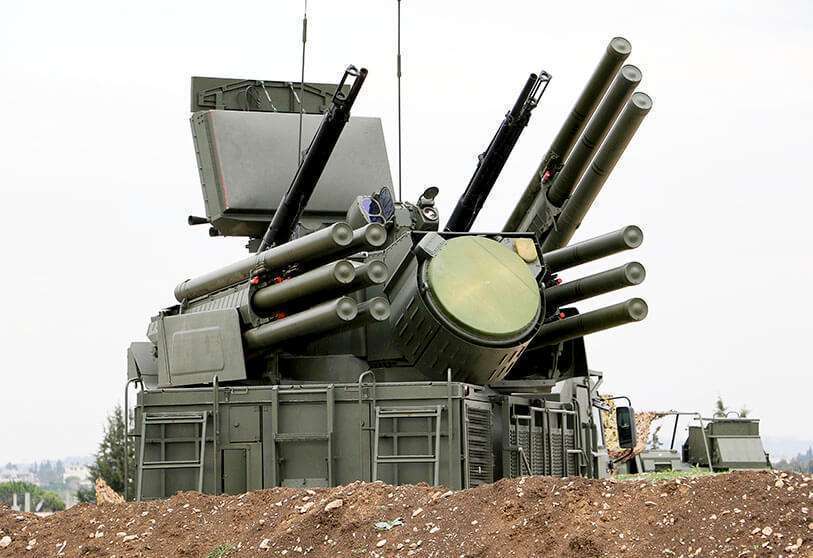Turkish Bayraktar and Russian Pantsir: Has Turkey Gained Advantage over Russian Weaponry?

It has become increasingly common for modern local conflicts to be defined by involvement of global powers in the confrontation of the opposing sides. The Libyan conflict is no exception. Just as is the case with the other conflicts in the region, both the Government of National Accord (GNA) and the Libyan National Army (LNA) have reached out to influential foreign powers for military, economic and diplomatic support.
With the situation on the front lines somewhat stabilized, the Libyan parties have shifted their attention to the political arena. Now the leaders of the GNA and the LNA compete for face time with foreign officials in an effort to ensure their legitimacy and block the advances of the adversary while only a few months ago they were locked in clashes on multiple directions and relied on the use of weapons – and skills of the operators – to achieve victory.
During the active phase of the conflict the LNA units have discovered and exploited a huge vulnerability in the defenses of the GNA forces, namely their inability to provide air cover. When the LNA fighters were closing in on Tripoli the GNA was forced to ask Turkey for help. The Ankara was quick to respond and promptly provided the GNA with Bayraktar TB2 unmanned air vehicles (UAVs) as well as Turkish military operators.

Shortly after that the forces of Khalifa Haftar suspended the offensive due to losses inflicted by the Turkish drones despite the LNA’s possession of air defense system, including modern Pantsir S1 (SA-22 Greyhound by NATO classification) reportedly supplied by the United Arab Emirates. The media loyal to Turkey and the GNA used it to declare “triumph” of the Turkish droned over the Russian-made weaponry, citing the destruction of a number of Pantsir systems at al-Watiya air base as a proof. It appears that the performance of the combat drones was judged successful by the Turkish command as they were subsequently deployed to Nagorno-Karabakh. Moreover, the government of Ukraine expressed interest in acquiring additional Bayraktar TB2 for its military.
Are the Bayraktar UAVs as effective as it is stated by the media? To answer this question one should look into the available data. The Turkish drones indeed managed to incapacitate a substantial number of the Russian-made systems: this May, as many as nine Pantsirs were destroyed in only four days. However, this number is more of an evidence for the intensity of the clashes, rather than the air defense system’s drawbacks. To provide some context, the number of Bayraktars destroyed during 2020 is 47. Most of the Turkish UAVs were downed – by the Pantsirs – in the areas of Abu Grain, Sirte and Bani Walid, something that the GNA and Turkey-affiliated media are reluctant to mention.
In addition to that, many of the air defense systems that were neutralized by the Turkish UAVs were not primed for combat by the operators. This, as well a number of other mistakes connected to the human factor like poor positioning and camouflage, should be kept in mind during an evaluation of the Pantsir combat capabilities.
All this said, effectiveness of a weapon is best tested in combat. If – or rather when – the Libyan conflict sees another escalation of violence, it will become clear whether the sides have learned a lesson from their misfortunes, or, as it has already happened multiple times, the same mistakes will be made again.
Hassan Mansour, freelance journalist








